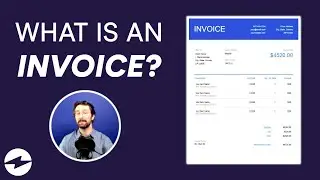How to Calculate Liabilities
📉 Liabilities are obligations or debts that a company or individual owes to others. These are usually settled over time by transferring money, goods, or services. In a business context, liabilities often arise from activities such as borrowing money, purchasing goods or services on credit, or other financial commitments. Liabilities can be categorized on balance sheets as current liabilities (obligations due within one fiscal year) and long-term liabilities (obligations due beyond one year).
To calculate liabilities, start by creating a complete list of your financial obligations, breaking them down into current and non-current liabilities. Then, add these amounts to your balance sheet, listing current liabilities first and following with non-current ones, ensuring each item reflects its exact value. Next, sum up your total liabilities by adding the subtotals of both categories. Finally, double-check your calculations with the accounting formula to ensure everything is accurate and in line with accounting standards.
The accounting formula:
Liabilities = Assets−Equity
⏱️ TimeStamps
0:06 What are Liabilities?
0:24 How to Calculate Liabilities
1:14 Outro
Other helpful blogs:
➡️ How to Calculate Liabilities on Your Balance Sheet: In-Depth Guide
https://ebizcharge.com/blog/how-to-ca...
➡️ How to Calculate Liabilities!
https://ebizcharge.com/tutorials/how-...
Discover the #1 integrated payment platform with EBizCharge. Enjoy lower credit card processing rates with transparent flat rate pricing, no contracts, and no switching costs.
⚡️ https://www.ebizcharge.com/
Call now for a complimentary cost savings analysis.
📞 (888) 500-7798
#creditcardprocessing #business #howtocalculateliabilities #accountingequation #basicaccounting #basicaccountingterms #liabilities #calculatingliabilities #currentliabilities #longtermliabilities
![[FREE] Juice WRLD x Lil Uzi Vert Type Beat -](https://pics.providosiki.com/watch/w7FiRof9gFg)


















